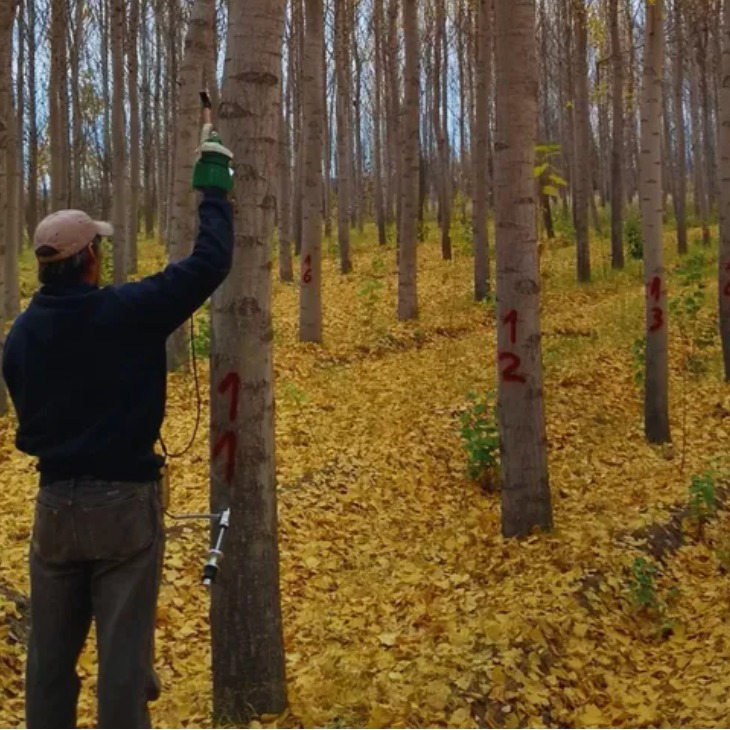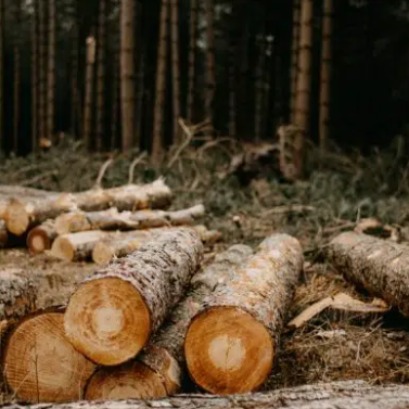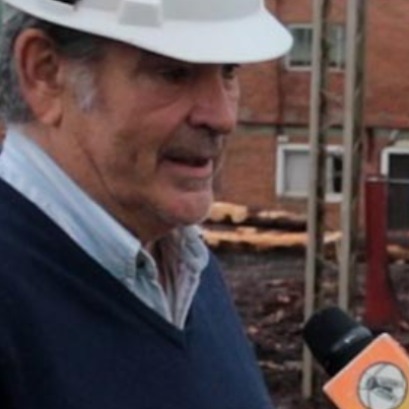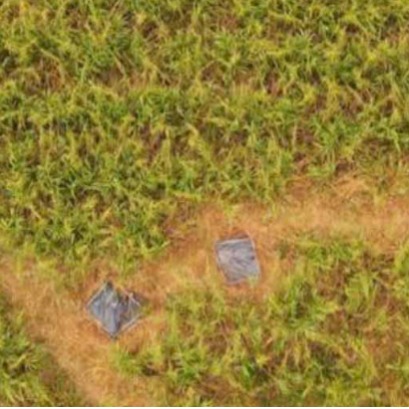
In Patagonia Norte they evaluate the quality of the wood of Álamos
A study of INTA determined that the wood of poplars produced in the northern valleys of Patagonia has characteristics for its use in construction.
The introduction of the poplars in the irrigated valleys of the north of Patagonia was carried out in order to cushion the impact of climatic conditions on the production and vegetable productive systems. Initially, Cortinas Rompevos were planted in the region and then forest massifs began to be established. In both cases, the production of wood was destined to the manufacture of Bins, pallets and drawers for the fruit industry. With the objective of valuing the available proximity resources, a team of INTA specialists - integrated by researchers from Bariloche and Alto Valle, Río Negro - evaluated the structural quality of poplar wood for use in construction systems. During the research project, the growth and mechanical properties of the wood of different species and clones of poplar was evaluated. The results showed that the wood of these trees meets the requirements established by national regulations to be used in construction structures. The poplar has proven to be a species with good growth conditions in the Patagonian valleys. However, not all clones present the same characteristics. Through this study we have been able to identify those who, in addition to growing rapidly, produce wood with desirable properties according to quality standards to be used in construction systems, explained Alejandro Martínez Meier, investigator of INTA Bariloche. The regulation of wood structures (CIRSOC 601) establishes that flexion resistance, the module of longitudinal elasticity in flexion and the density of the wood are analyzed to define their behavior in construction structures. In this sense, Juan Diez, a researcher at INTA Bariloche, said that the choice of the right clone, combined with good forest management practices, is essential to obtain wood with the desired properties. The results of this study enhance the production processes of construction in existing wood in the region, and at the same time open new perspectives for the improvement and development of the wood industry in Patagonia, offering sustainable alternatives from the use of renewable materials Regarding other construction materials. Thisban Thomas, researcher and extensionist at INTA Alto Valle It gathers all the desired characteristics such as good growth, tree shape and wood quality. The adequate choice of popular species and clones, in combination with good forest management practices, both in massifs and in breaking curtains, will allow to obtain higher quality wood to be used in the construction industry.
IT MAY INTEREST YOU
 Unprecedented Forest Crisis: with 8.1 million hectares destroyed, the goal of zero deforestation is in danger
Unprecedented Forest Crisis: with 8.1 million hectares destroyed, the goal of zero deforestation is in danger
A new report warns that the planet is experiencing an unprecedented forest crisis. In 2�24, forests suffered large-scale destruction with a permanent loss of almost 8.1 million hectares worldwide.
 Currents | Las Marías invests 8 million dollars to modernize its sawmill in Virasoro
Currents | Las Marías invests 8 million dollars to modernize its sawmill in Virasoro
The traditional company from Corrientes is moving forward with a million-dollar investment to completely renew its forestry-industrial plant. The new European line, fully automated, will increase productive performance and position the sawmill among the most modern in the country.
 Vida Silvestre and ArgenINTA promote a national consultancy for the restoration of forest landscapes in Argentina
Vida Silvestre and ArgenINTA promote a national consultancy for the restoration of forest landscapes in Argentina
The Argentine Wildlife Foundation and the ArgenINTA Foundation signed a technical cooperation agreement to begin a consultancy aimed at the Restoration of Forest Landscapes (FPR) in the seven forest regions of the country. The work seeks to generate technical and scientific inputs that guide the design of provincial and national restoration programs, in support of the implementation of Law No. 26,331 on Native Forests.





















